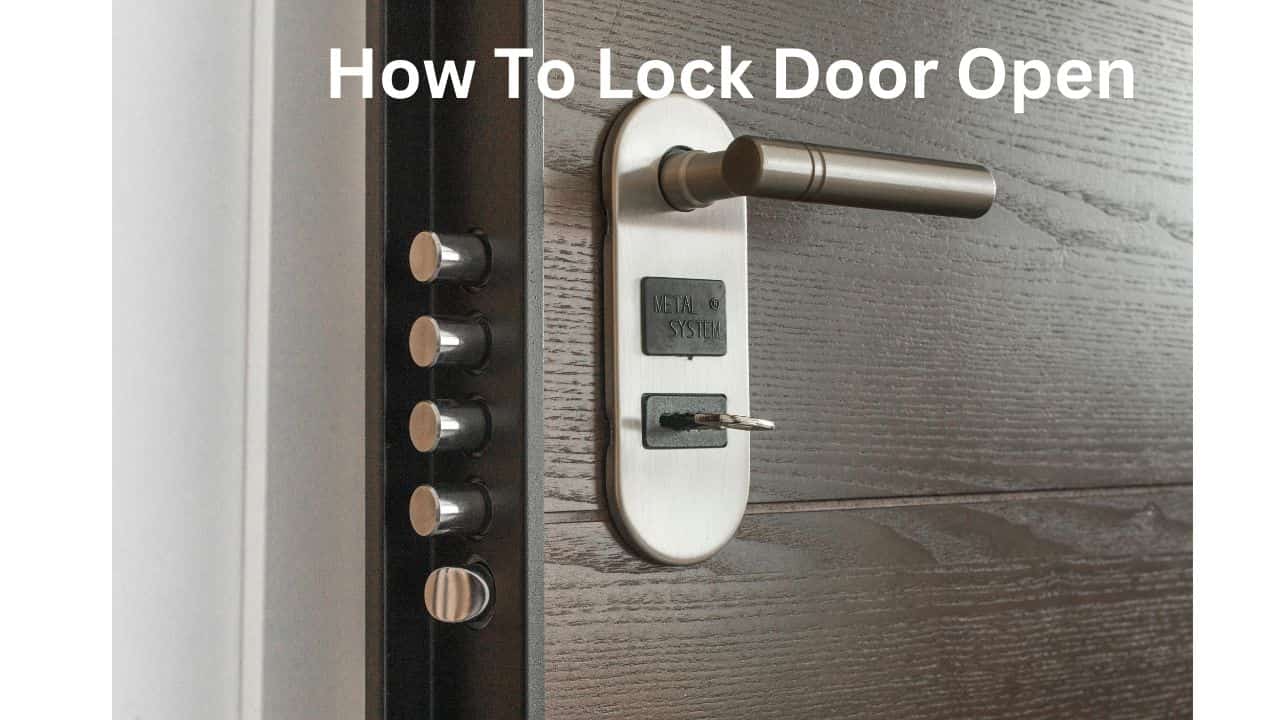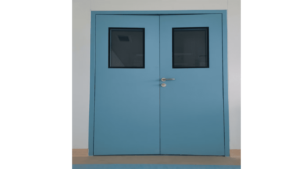Getting locked out of a room, office, or facility is always a frustrating experience. Whether you’ve misplaced your keys or the lock malfunctioned, you need to get back inside as soon as possible. But what happens when you find yourself locked out of important spaces, like a hospital or industrial facility? In these situations, it’s crucial to know the best methods to resolve the problem safely and efficiently.
At Dormed System, we specialize in manufacturing high-quality doors for hospitals and industries, ensuring that security, reliability, and durability are at the forefront of our products. However, even the best locks can face issues, and that’s why we’ve put together a guide on how to open door locks and how Dormed’s doors ensure security for hospitals and industries.
Also Read About Us: Lead Lined Door Manufacturers
In this blog we briefly explain about our product ( lead lined door ) and mention our specialization as a lead lined door manufacturers.
There are some steps, which help you to open a lock door.
1. Check for Spare Keys
Before attempting to open a door lock, the simplest solution is to see if you have a spare key. This is especially important for environments like hospitals and industrial spaces where restricted access is necessary for security. Many hospitals use access control systems, and industrial facilities might rely on master keys.
Tips:
- Keep spare keys in a secure location.
- For hospitals and industries, ensure the key management system is well-organized and that authorized personnel know where to find spares in an emergency.
2. Credit Card Method (For Standard Spring Latch Locks)
For a basic spring-loaded latch lock, you might be able to use a plastic card to force the latch open. While this may work for standard doors, it’s important to note that hospitals and industries often use more secure systems to prevent unauthorized access. Still, this technique is helpful in emergency situations where simple locks are in place.
Steps:
- Insert the plastic card between the door frame and the latch.
- Wiggle the card while applying pressure to push the latch back.
- If successful, the door will unlock.
Note: This method is not effective for deadbolts or high-security locks often used in hospitals and industries.
3. Lock Picking (For More Complex Locks)
If you’re locked out of a room with a more sophisticated lock, such as those used in industrial or hospital settings, you might need to consider lock picking. While it’s a skill many locksmiths use, it’s essential to know that this method requires practice and precision.
Basic Steps:
- Insert a tension wrench into the bottom of the keyhole and apply slight pressure.
- Use a pick to manipulate the pins inside the lock.
- Once the pins are aligned, the lock will turn and open.
Important Reminder: Lock picking should only be performed by professionals, especially in sensitive locations like hospitals or industrial settings, as this could be illegal without proper authorization.
4. Using a Bump Key (For Pin-Tumbler Locks)
Bump keys are special keys designed to force all pins inside a pin-tumbler lock into the correct position with a bump or strike. While this method is effective, it requires the proper tools and knowledge to avoid damage to the lock.
Steps:
- Insert the bump key into the lock and apply slight tension.
- Lightly tap the key with a hammer or similar tool.
- The pins inside the lock should align, allowing the lock to turn open.
Note: Bump keys can be risky if not used correctly and may cause permanent damage to locks, so use caution and ensure you’re following legal guidelines.
5. Remove the Door Handle or Knob (For Simpler Locks)
If the lock is part of a simpler system, such as a door with a removable handle or knob, you can often access the mechanism directly. This method can be effective in non-high-security environments, but for sensitive areas like hospitals and industrial buildings, this type of lock may not be used.
Steps:
- Look for screws that hold the door handle or knob in place.
- Remove the screws and pull off the knob or handle.
- You may be able to bypass the locking mechanism.
6. When All Else Fails, Call a Professional Locksmith
If you’ve exhausted all methods and still can’t get the door open, it’s time to call a professional locksmith. Locksmiths are trained to deal with complex locks and can open doors without causing damage.
Why Choose a Professional:
- Locksmiths have specialized tools for high-security locks.
- They can handle various types of locks found in hospitals and industrial settings without compromising security.
- Emergency locksmith services ensure that if you’re locked out of an important area, help is available 24/7.
At Dormed, we understand that the security of hospital and industrial doors is crucial. Our doors are designed with advanced locking mechanisms to provide the highest level of protection. In case of lockout situations, professional locksmiths who understand these systems can help.
7. Why Choose Dormed Doors for Hospitals and Industries
When it comes to sensitive environments like hospitals and industries, the doors and locks you choose are of utmost importance. Dormed provides high-security doors designed specifically for the healthcare and industrial sectors. Our doors offer:
- Robust Security: We incorporate the latest lock systems to ensure only authorized personnel can access sensitive areas.
- Durability: Our doors are built to withstand high traffic, wear and tear, and environmental conditions.
- Easy Access Control: Whether through key cards, biometrics, or other access systems, our doors are equipped for modern access control solutions.
- Compliance with Standards: Dormed doors meet strict industry regulations, ensuring safety, security, and privacy.
In hospitals, doors often have to meet various safety and infection control standards, and Dormed’s designs ensure that healthcare workers and patients are protected without compromising ease of access. In industrial settings, our doors offer the durability and security needed to safeguard valuable assets and ensure the smooth operation of machinery and equipment.
Conclusion
Being locked out can happen at any time, and while there are many ways to open a door lock, it’s important to use the appropriate method based on the lock’s complexity and the sensitivity of the space. Whether you’re dealing with a standard office lock, a hospital door, or an industrial access door, knowing the right steps can help you resolve the issue quickly.
We take pride in providing secure, reliable, and durable doors that cater to the specific needs of hospitals and industries. If you’re ever locked out of a facility that uses Dormed doors, ensure that you contact a professional locksmith who is experienced with our high-security systems.
With Dormed, rest assured your doors are designed with both security and ease of access in mind—keeping your spaces safe and secure at all times.


